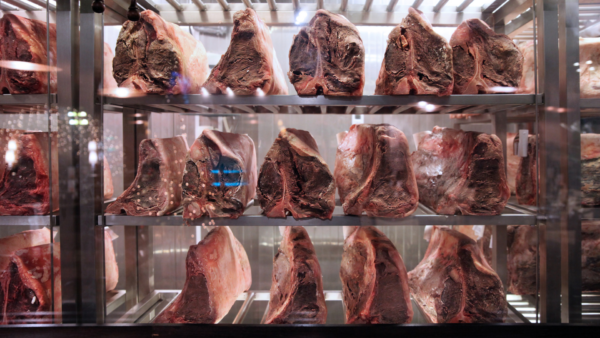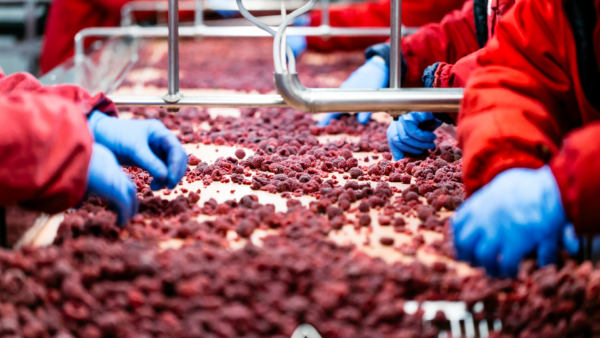When it comes to transporting perishable goods like fish and meats, ensuring their safety and freshness is paramount. Quantum Food Solutions, a leading name in food safety, brings you a detailed guide on how to store fish and meats for transportation.
These invaluable tips will not only maintain the quality of your products but also adhere to the latest food safety standards. Let’s delve into Quantum’s expert advice on proper storage techniques to ensure your goods reach their destination in optimal condition.
- Temperature Control:
Effective temperature management is important for successful food transportation. We recommend upholding the “Temperature Danger Zone” (40°F to 140°F) to prevent bacterial growth. Maintain a consistent temperature below 4°C (39°F) or less or above 140°F to safeguard your products.
- Packaging Strategies:
Packaging plays a pivotal role in preserving fish and meats during transit. For optimal results, it is advised to use insulated materials designed to regulate temperature. Vacuum-sealed bags and airtight containers are ideal for fish, while secure wrapping minimizes exposure to air and prevents cross-contamination for meats.
- Preventing Cross-Contamination:
Preventing cross-contamination is crucial for food safety.
It is recommended to employ separate packaging and clear labeling for different types of fish and meats. Keep raw items away from cooked or ready-to-eat products to eliminate any contamination risks.

- Cold Chain Logistics:
Utilizing cold chain logistics ensures a consistent temperature throughout the transportation journey. Collaborate with reputable transport companies that prioritize temperature-controlled vehicles and storage facilities.
- Real-Time Monitoring and Quality Checks:
Regular temperature monitoring is vital during transportation. We suggest equipping vehicles with real-time temperature monitoring devices and conducting thorough quality checks upon arrival. This ensures products meet safety and freshness standards.
- Optimal Loading Techniques:
How you load your products impacts their condition on arrival. It is advised maintaining proper airflow during loading to facilitate even temperature distribution. Avoid overloading, as it can obstruct cooling or heating mechanisms.
- Efficient Route Planning:
Shortening transit times through efficient route planning is key. It is also recommended to minimize travel duration to reduce exposure to temperature fluctuations. This practice safeguards fish and meats and helps maintain their quality.

As you embark on your journey to transport perishable goods, remember that Quantum’s expertise is just a call away. Reach out to our dedicated team for personalized guidance and solutions that can elevate your transportation practices. Together, we can ensure that your fish and meats reach their destination in optimal condition, meeting the high standards set by both your customers and the industry.
Don’t let food safety be an afterthought—make it an integral part of your transportation strategy.
Contact Quantum Food Solutions today and experience the difference firsthand.
Get in Touch with Quantum Food Solutions
Helpful Food Safety Links:
https://www.canada.ca/en/health-canada/services/general-food-safety-tips/safe-food-storage.html#a5
